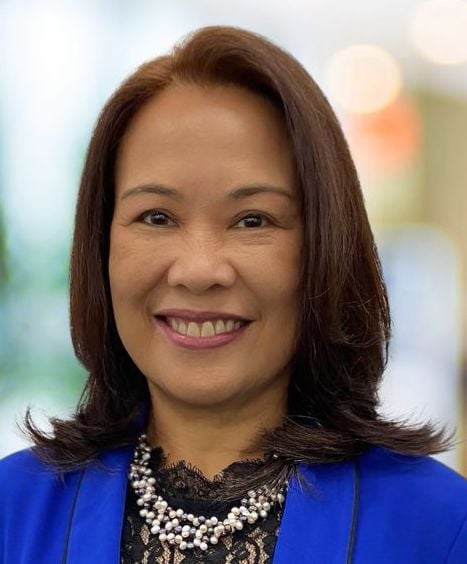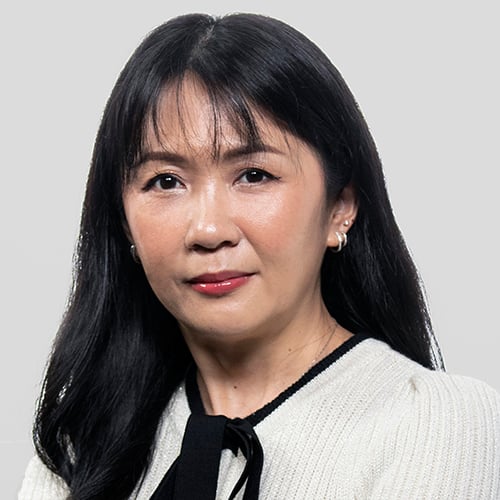
It was once said that nothing good ever happened between the trade date and the settlement date. This expression held true during the manual processing days of previous years, when trades took up to seven days to settle and the risk of an issue occurring between trade execution and settlement soared. With progress in technology and automation, financial markets have become much more efficient, operating in shorter settlement cycles while reducing credit, counterparty, and operational risks.
With the United States and Canada shifting to a T+1 settlement cycle for equities and corporate and municipal bonds on May 28 2024, firms have about a year to evaluate and optimize existing technology and operating models to support the accelerated timeframe. Is the industry prepared?
Preparedness
A recent survey by ValueExchange on industry readiness for T+1 in 2024 has come up with findings that call for immediate action. The responses from more than 280 global organizations reveal that many market participants face challenges due to varying levels of preparedness across firm types and geographic locations and with numerous impacts across the trade lifecycle.
Specifically, 41% of global financial market participant firms have not yet begun preparations, and 66% are struggling to resource T+1 projects. In terms of segments, brokers and service providers are shouldering the operational impact globally while custodians and institutional investors face a heavier burden in Asia-Pacific and EMEA.
The paper also highlights that many firms are still grappling with the undertaking. In fact, 61% of buyside firms have reported that they are unprepared to operate in a T+1 timeframe – particularly among the mid-size and boutique firms where a lack of manpower could be an impediment.
Operational roadblocks
As migrating to T+1 is an industry-plus-enterprise-wide initiative that will have a massive operational impact across the trade lifecycle, some weighty post-trade processing concerns have surfaced in the survey. Areas that need to be addressed include current reliance on manual tasks (30%), vendor and market structure dependency risks (30%), interoperability capability of bespoke client messaging (17%), and the lack of scalability of legacy platforms (15%).
In the US, trade affirmation, which enables institutions to affirm broker confirmations, is a critical step in successful trade processing. The basic flow has the executing broker submitting a trade confirmation, with either the investment manager or its custodian affirming the trade. Many firms in the US rely on manual processes to affirm a trade, which can result in trade settlement delays and potential fails. Automated affirmation results in faster time to settlement, facilitating T+1 settlement in addition to a lower risk of trade settlement fails or delays. The good news is that automated central matching solutions that can enrich trade details with standing settlement instructions and enable same-day affirmation are available. It is recommended that market participants look into investing in and leveraging such a solution.
Cross-border trading
The survey also highlights challenges for firms in Europe and Asia, which will have to pay close attention to time-zone differences and funding, including foreign exchange conversion, to effectively process and settle trades within one business day upon trade execution. With more than 50% of firms responding that they have yet to plan on how to handle FX and securities lending processing, market participants are running out of time to find the right solution. This situation further validates the industry observation that many institutional investors, particularly those outside of the US, are expecting their brokers and custodians to tackle the heavy operational lifting needed for T+1.
While brokerage firms and custodians are already delving into the operational implications, certain post-trade processing activities will require action by institutional investors when trading in the US. For example, the post-trade allocation process must be carried out by institutional investors before trade confirmation and affirmation can happen. DTCC recommends allocations to be completed by 7pm ET to meet the industry best practice recommendation for affirmations to be completed by 9pm ET on trade date – to maximize T+1 settlement certainty.
Automation
Given the tight timeline, how do we get operationally prepared for T+1 as quickly as possible?
Based on industry conversations, investment management firms, brokers, and custodians across jurisdictions consistently point to two key operational challenges – meeting the new compressed timing for allocation, confirmation, and affirmation, and exception handling and resolution. Industry feedback also indicates that there may be a significant concentration risk in 2024, with only close to half of T+1 projects confirmed for 2023. At the same time, the ValueExchange survey finds that T+1 is also a footprint and staffing issue for 25% of the industry. As such, firms may face a talent shortage and struggle to find suitable resources to plan and execute a complex and complicated initiative like T+1 within a short window of time.
Unfortunately, manual processes and a lack of straight-through processing (STP) are still prevalent in the industry. To meet an accelerated settlement cycle, firms must increase automation, implement end-to-end STP, and enable a no-touch workflow where allocation, confirmation, and affirmation processes are performed seamlessly to allow trades to settle with minimal human intervention. Every manual touch point in the processing chain introduces a bottleneck that increases the likelihood of delayed settlement.
However, there is positive news. The call for automation and STP is fast gaining ground with 37% of all T+1 activities focused on process automation, as reported in the survey. At the enterprise level, system replacement and standardization make up 25% of sellside project activity. In the middle office, 23% of investment management firms are proceeding to solutions offering centralized standing settlement instructions and trade matching. In the back office, 23% of market participants are transforming to an automated/outsourced affirmation model.
Next steps
Firms that have not begun to prepare should start now by assessing their specific circumstances at the firm level, conducting a gap analysis of systems, processes, people, and controls, and developing a testing and implementation plan. Firms must also review external relationships and interfaces with their counterparties and third-party system providers. Specifically, firms should closely evaluate their end-to-end flows including data consistency and handoffs, and review auxiliary processes such as account opening, repapering of agreements, and updates to documentation. Firms should also analyze their matching and affirmation processes, as well as their matching and affirmation rates per counterparty, to identify areas that require improvement. Increased levels of automation that promote STP, such as by leveraging a match-to-instruct workflow whereby transactions automatically move to settlement after matching, is a key enabler to increasing efficiency as firms focus on shortened settlement cycles.
Ultimately, because every firm has unique operational requirements driven by its business needs, there isn’t an all-purpose industry solution to facilitate T+1 implementation across firms. That said, there are solutions and best practices in the industry today that can help firms to better automate their processes and achieve T+1. In fact, external experts can be tapped to develop a customized T+1 migration plan, from analysis of the current state to solution design and planning, to support for implementation – to help firms quickly accelerate their T+1 efforts. With an accelerated settlement cycle in the US and Canada just a year away, firms must act now.
Nellie Dagdag is managing director, marketing and communications, APAC, at DTCC.









